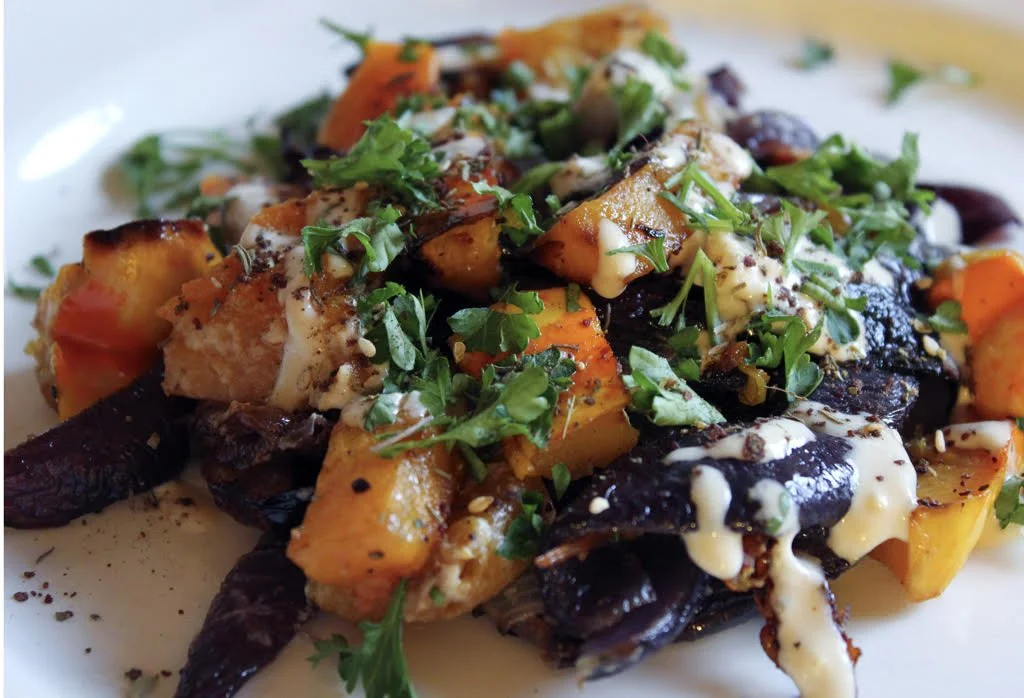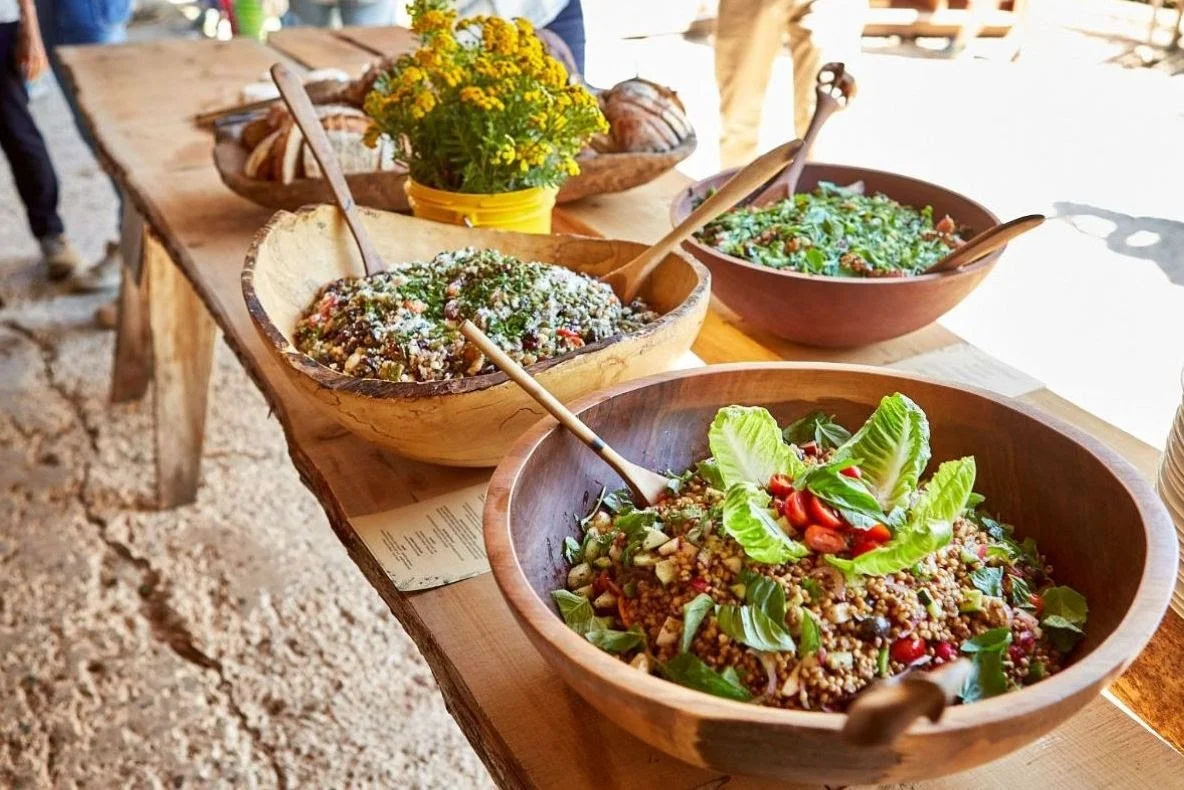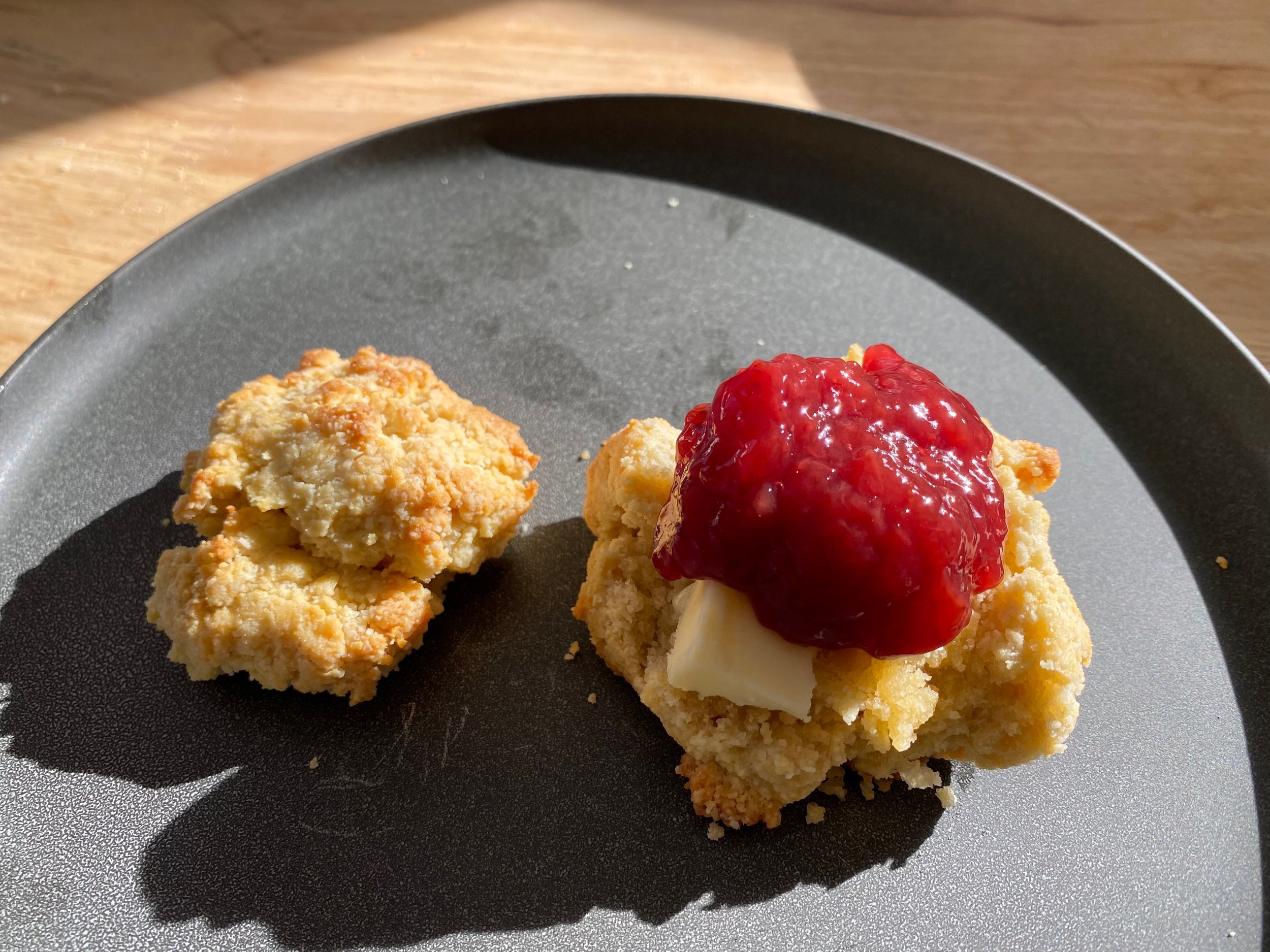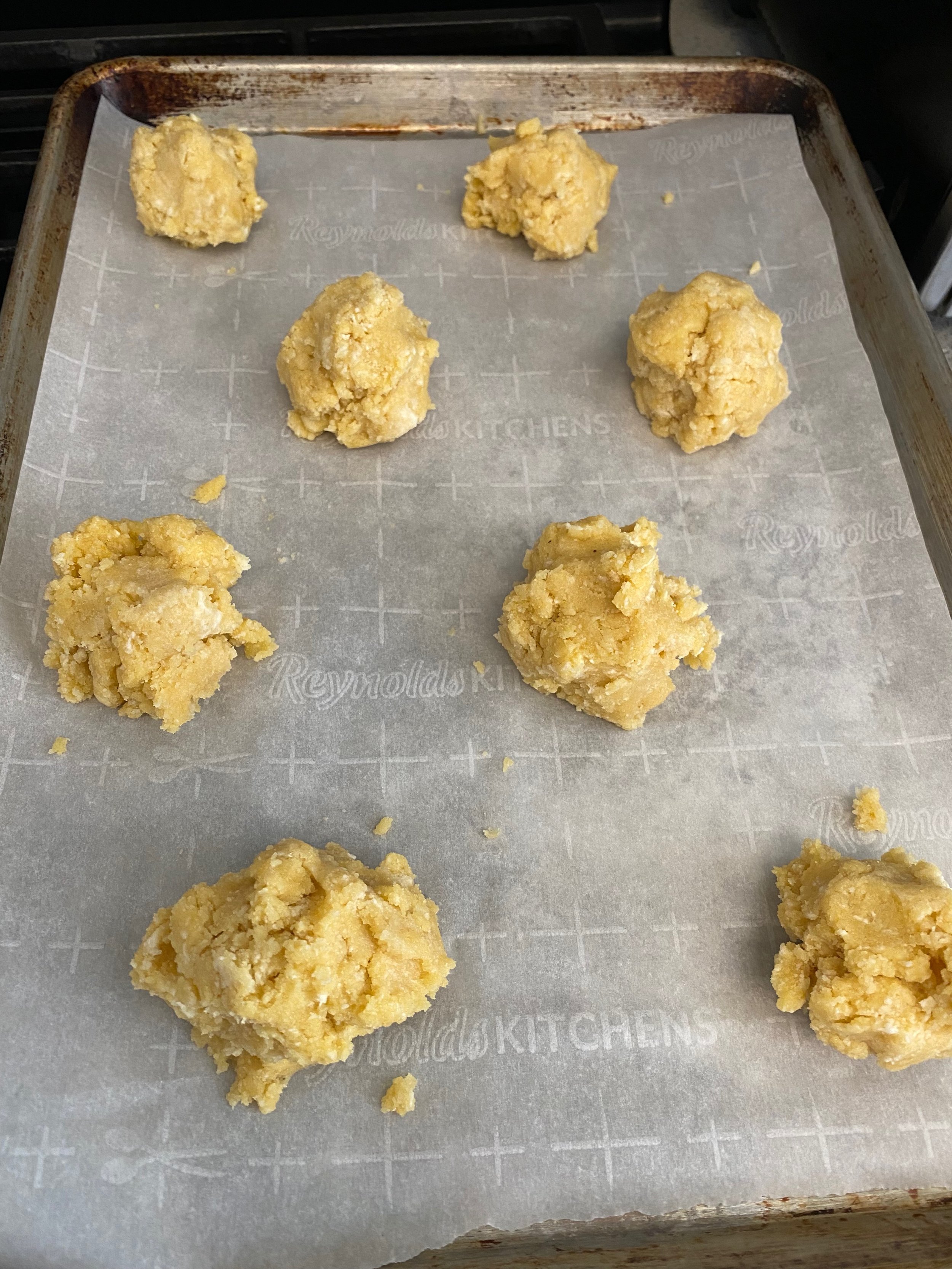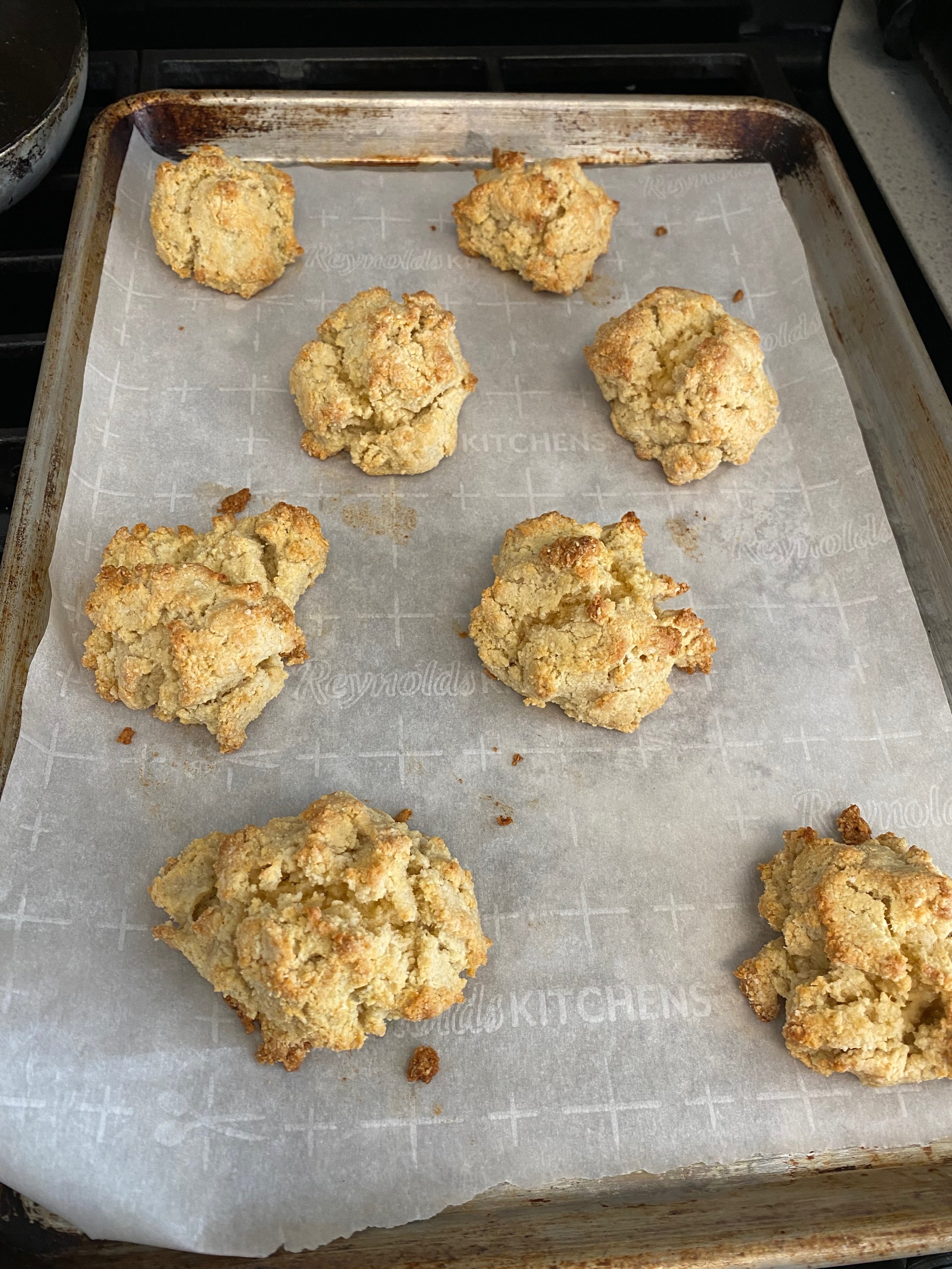Rev. Dr. Melinda V. McLain’s take on the recipe in celebration of Pi Day and St. Patricks!
In the Kitchen:
In celebration of Pi Day (3/14) and St. Patricks Day this Sunday, here’s a fun pie recipe that Pastor Melinda shared with us! A traditional steak and Guinness pie by chef, Jamie Oliver. This is made particularly easy by using puff pastry for the top pie layer! If you want to skip the puff pastry layer, you could serve this as a normal stew.
Steak, Guinness & Cheese Pie
Ingredients
3 red onions
3 cloves of garlic
2 carrots
2 sticks of celery
4 field mushrooms
a few sprigs of rosemary
olive oil
1 kg quality brisket or stewing beef , cut into 2cm cubes
440 ml Guinness (no lager, please!)
2 heaped tablespoons plain flour , plus extra for dusting
140 g Cheddar cheese
170 g puff pastry
1 large egg
Method
Preheat the oven to 190ºC/375ºF/gas 5.
Peel and chop the onions, garlic, carrots and celery, slice the mushrooms, and pick and finely chop the rosemary.
Heat 1 tablespoon of olive oil in a large ovenproof pan over a low heat, add the onions and fry gently for about 10 minutes, or until softened, stirring occasionally.
Turn the heat up, add the garlic, carrots, celery and mushrooms, then mix everything together before stirring in the beef, rosemary, and a pinch of sea salt and 1 level teaspoon of black pepper.
Fry fast for 3 or 4 minutes, then pour in the Guinness, stir in the flour and add just enough water to cover.
Bring to a simmer, cover the pan with a lid and place in the oven for 2½ hours, or until the meat is very tender and the stew is rich, dark and thick, stirring halfway. A perfect pie filling needs to be robust, so if it’s still quite liquidy, place the pan on the hob and reduce until the sauce thickens.
Coarsely grate the cheese, stir half through the pie filling, then transfer to a pie dish and leave to cool slightly.
Meanwhile, dust a clean work surface with flour and roll the pastry out to the thickness of a pound coin.
Sprinkle the remaining cheese over the pie filling. Place the pastry over the top of the pie dish pinching or folding and tucking in the edges to seal, then lightly score the surface with a criss-cross pattern.
Beat the egg, then brush over the top of the pie and bake directly on the bottom of the oven for 45 minutes, or until the pastry is cooked, puffed and beautifully golden. Delicious served simply with peas.


